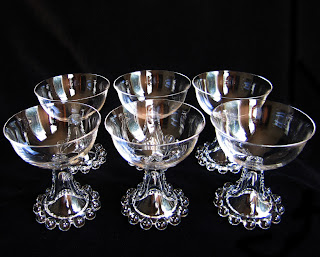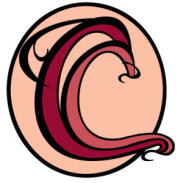A History of Anchor Hocking
 |
| Old Cafe Candy Bowl with Royal Ruby Lid |
You can find Anchor Hocking glassware just about anywhere housewares are sold today but what you may not know is what a wonderful collectible Anchor Hocking glass is!
From its humble beginnings as a turn of the century glass company near
the banks of the Hocking River in Lancaster Ohio Anchor Hocking has
grown to become a favorite in homes across America.
I use Anchor glass every day and I bet that you have some in your kitchen as well.
 |
| Block Optic Powder Jar |
Anchor Hocking began business in 1905 with the purchase of the Lancaster
Carbon Company in Ohio. The original investors, Isaac Collins, EB Good
and their associates named the company Hocking Glass for the nearby
Hocking River and nicknamed the plant the “Black Cat” because of all of
the carbon dust.
When the original plant burned to the ground in 1924, “Plant 1” was
built on the original site and later that same year Hocking acquired the
Lancaster Glass Co. and the Standard Glass Co.
 |
| Forest Green Dessert Cups |
In 1931, Hocking Glass entered the glass container business leading to
the 1937 merger of Hocking Glass Company and Anchor Cap and Closure
Company and bringing about the more familiar Anchor Hocking name.
 |
| Boopie Glasses |
The corporation continued to grow through expansion of the existing
company’s products and facilities, building new plants and acquiring
additional companies across the USA.
By 1969 the word ‘glass’ was no longer part of this international
corporation whose products now included plastics, lighting, earthenware,
china and stoneware.
Today the company has a major manufacturing facility and a 1.3 million
square foot distribution center employing over 1,300 people in
Lancaster, Ohio and is a leading producer of consumer glass
products with distribution around the world.
I hope you have enjoyed learning a little about Anchor Hocking's
history. Whether you are looking for Depression Glass, Mid Century
designs or something from the seventies or eighties Anchor Hocking has
something for every taste and style.
 |
| Fire King Mugs |







































